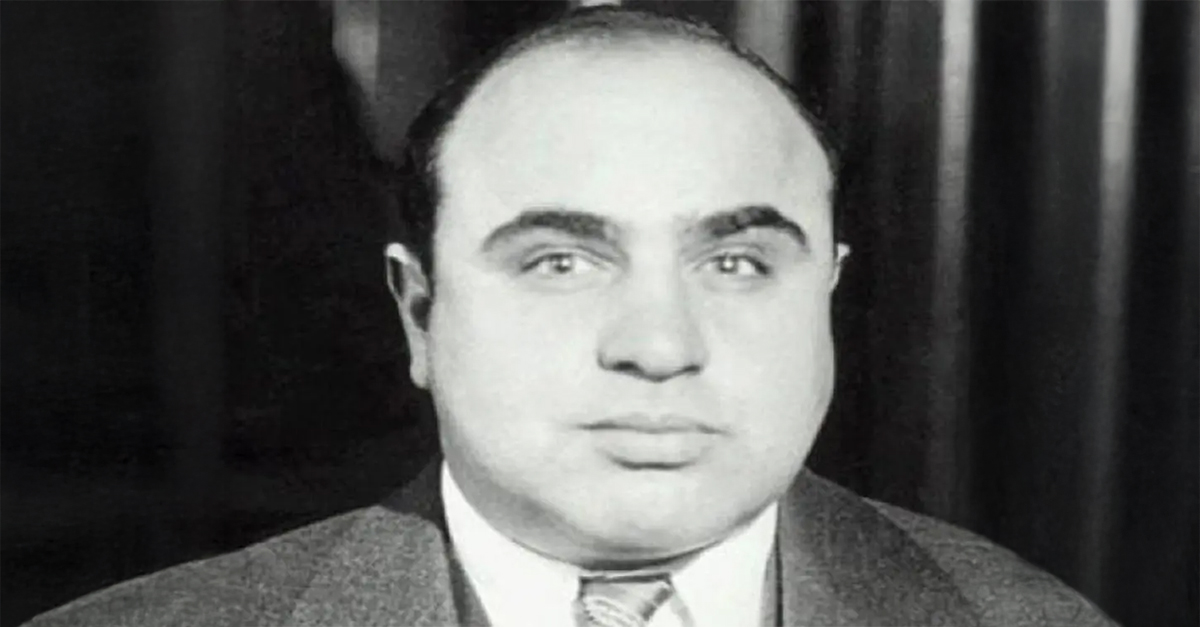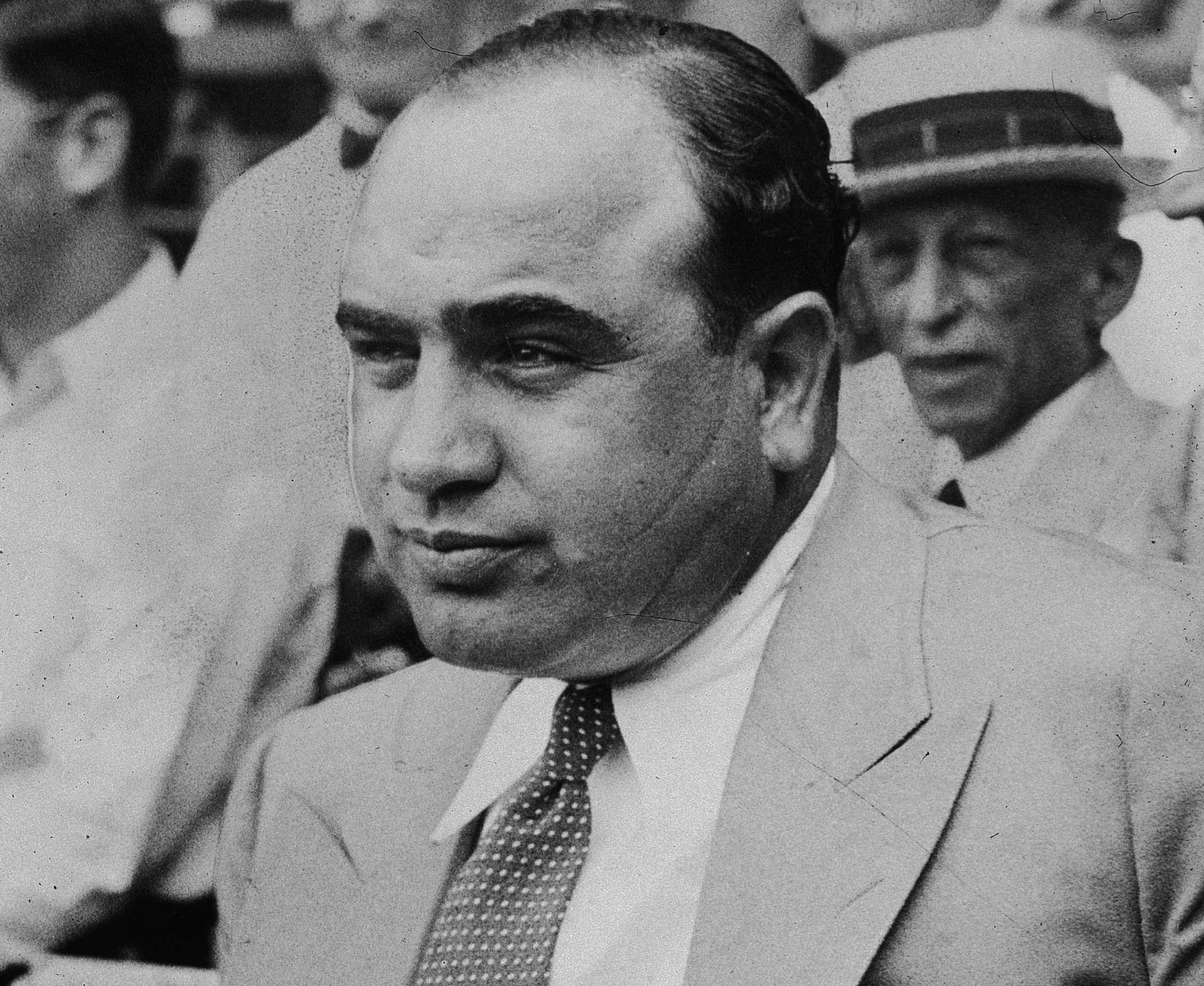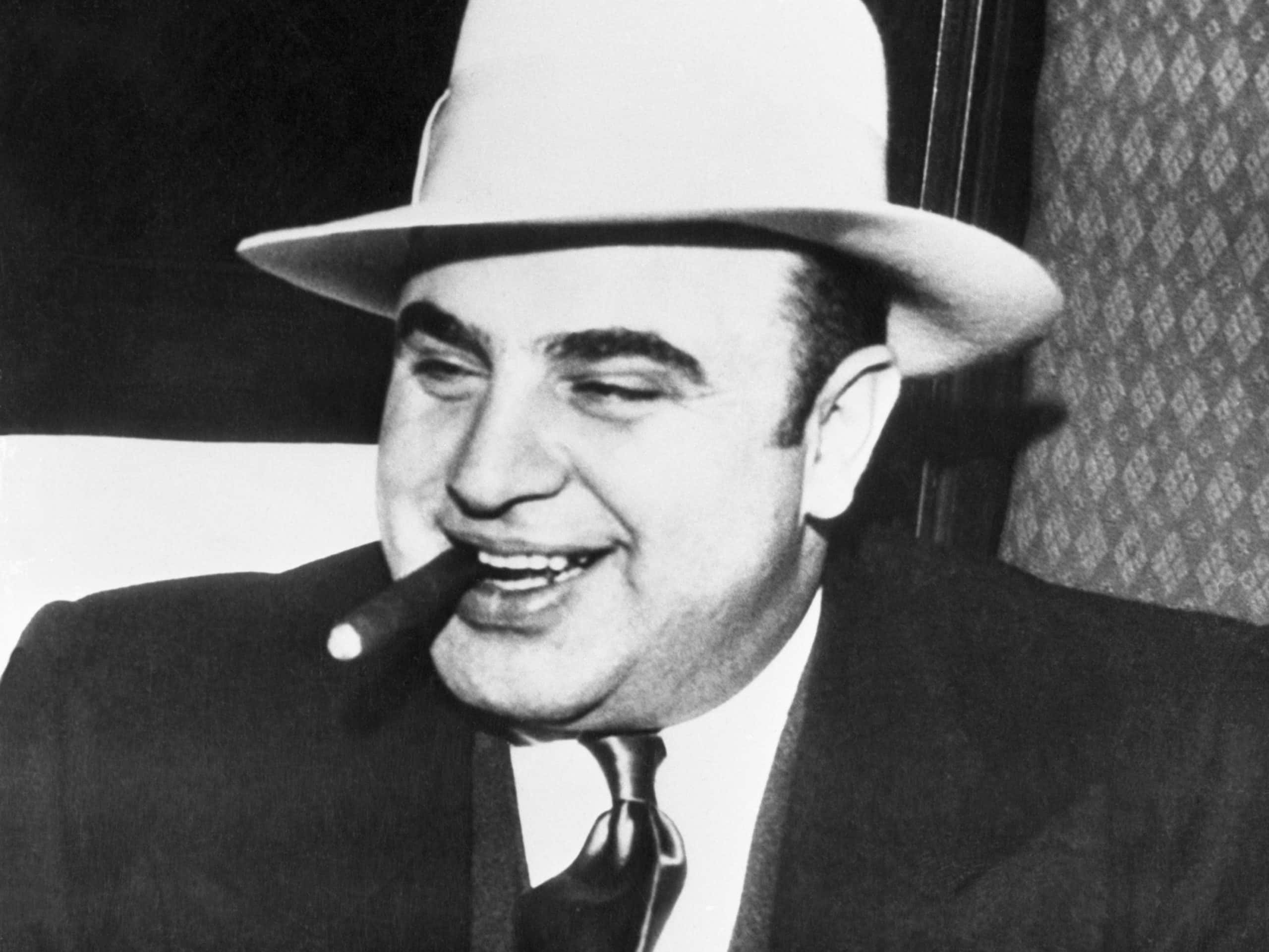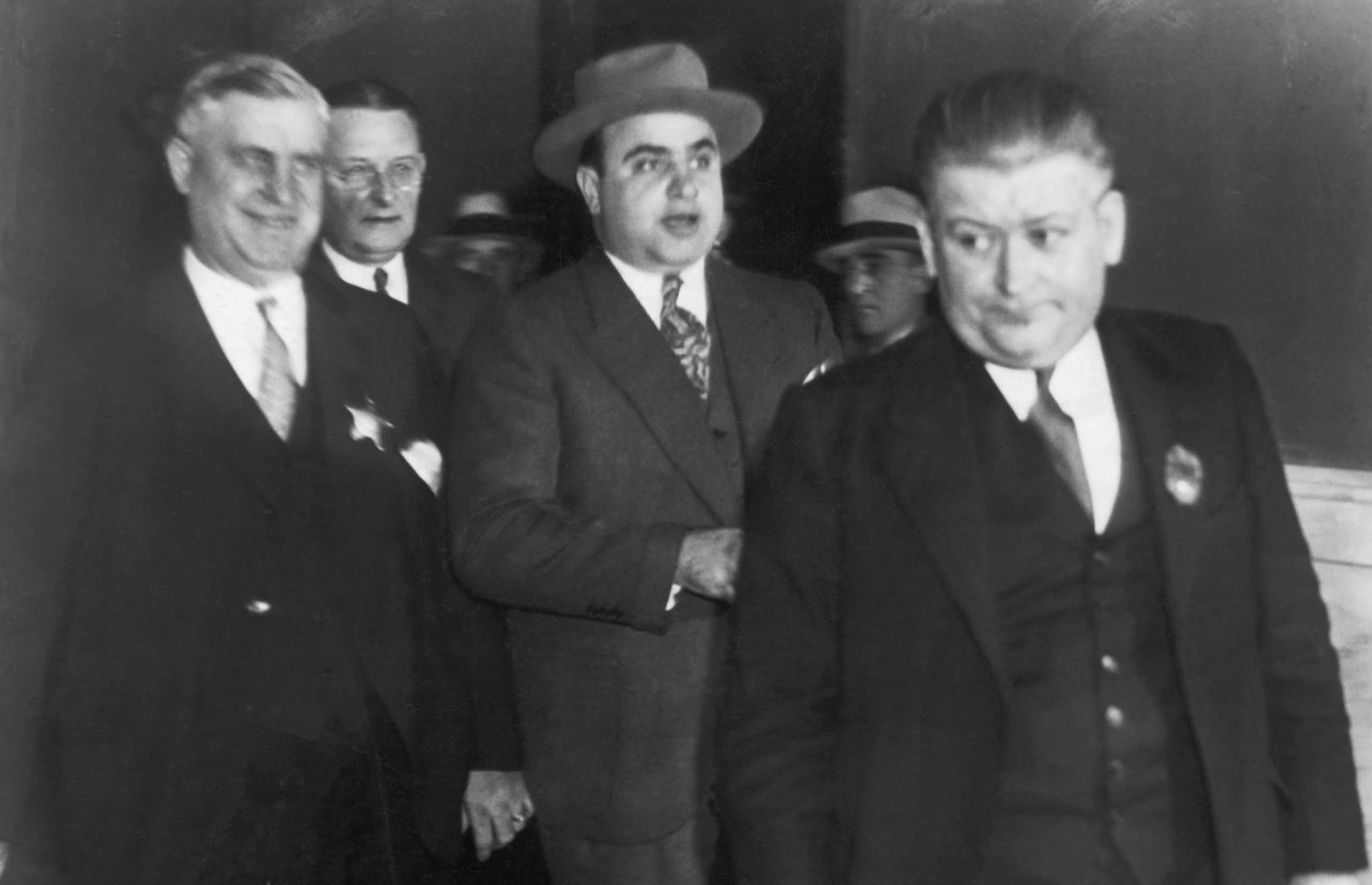Al Capone’s name has become synonymous with Prohibition-era gang violence. Like many outlaws of the era, he is today romanticized as a mob legend, Capone’s actual climb to the top in 1920s Chicago was marked by ruthless ambition, street warfare, and sheer terror. Capone built a criminal empire, leaving a trail of bodies in his wake.
Prohibition Was The Spark
The passage of the 18th Amendment in 1920 started the Prohibition era, creating a booming black market for booze. With enormous profits to be made, rival gangs struggled for control of speakeasies, smuggling routes, and supply networks. Into this chaotic landscape stepped Al Capone. Originally from Brooklyn, Capone moved to Chicago as a young man under the wing of mob boss Johnny Torrio.
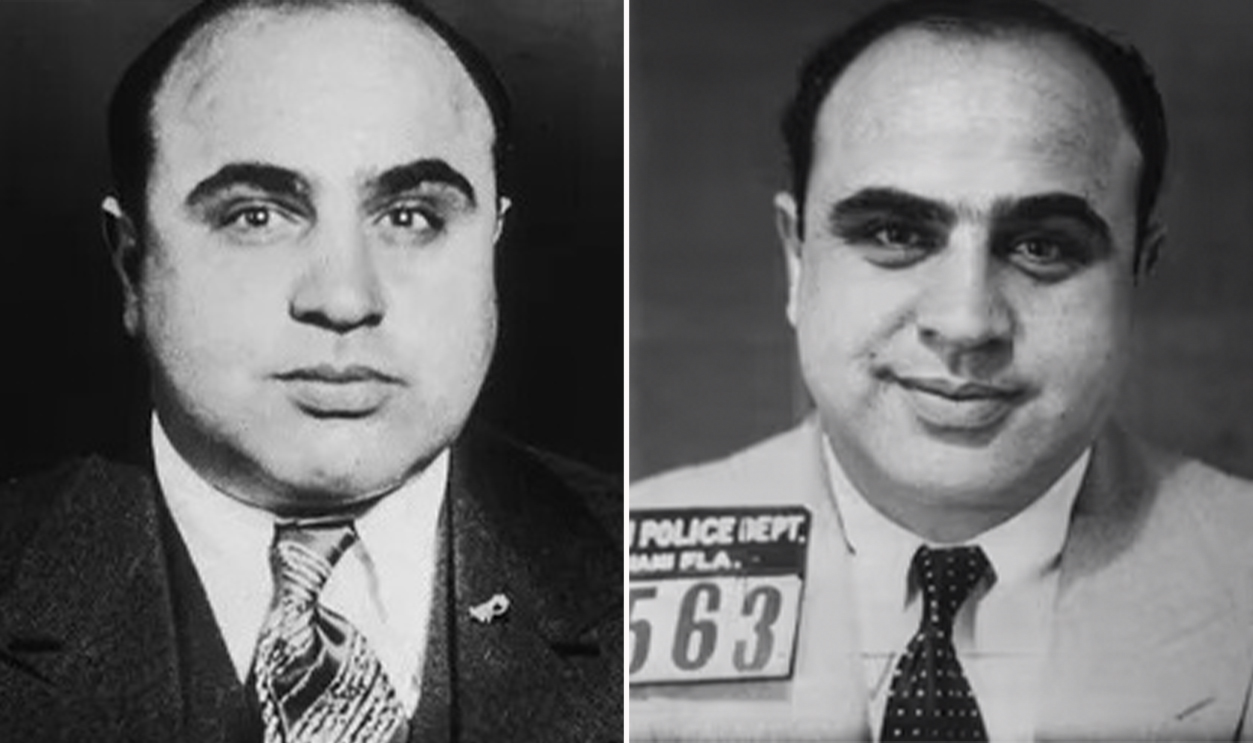
He Was A Natural
Torrio initially ran a relatively disciplined organization, but the Prohibition era brought shocking new levels of violence. With his menacing scarred face, Capone quickly rose through the ranks by proving he could not only handle the brutality—but master it.
Capone Takes Control
Johnny Torrio was badly wounded in a 1925 hit attempt by a rival gang. He retired and handed the organization over to Capone. Capone now tightened his grip on Chicago's underworld using bribery, intimidation, and threatening people's lives.
A Wave Of Terror
He arranged hits on rival gang leaders, expanded smuggling routes, and absorbed smaller gangs into his empire—often through intimidation. Drive-bys, bombings, and street ambushes were a routine part of Capone’s drive for absolute supremacy over the Windy City. But the mayhem escalated to new heights in 1929.
He Chose A Special Day
The most ruthless display of Capone’s brutality came on February 14, 1929: the St. Valentine’s Day Massacre. Capone’s men, disguised as police officers, executed seven members of George “Bugs” Moran’s rival Gang in a North Clark Street garage. Though Capone was never directly linked to the event, most people believed it to be his doing.
He Sent A Message
The wipeout was one of the most famous incidents in American history and sent a chilling message to Capone’s enemies: no one was safe, and no level of public spectacle was off-limits. It marked a terrifying turning point where the violence became impossible to ignore, even for the public that had once glamorized gangsters.
A Campaign Of Corruption
Capone’s control went beyond gangland. He bribed city officials, police officers, and judges to ensure immunity from prosecution. Those who couldn’t be bought were often threatened—or done away with. Violence wasn’t limited to rival gangs; journalists, law enforcement, and politicians lived in the shadow of Capone.
Tension On The Streets
Ordinary citizens were also caught up in the conflict. Gunfights frequently erupted on busy streets, and bombings became commonplace as gangs fought for their turf. Chicago earned the nickname "The Bloody City" as the toll climbed—more than 500 gangland slayings between 1925 and 1930.
His Tool Was Fear
What made Capone truly terrifying wasn’t just his capacity for violence, but his strategic use of it. He understood that terror was a tool for revenge but also for reputation. By instilling fear in his enemies and in the public, he made resistance feel futile. Capone cultivated his image as enforcer while publicly donating to charities and appearing in the press as a legitimate businessman. But it was the business side of things that lead to his downfall.

History's most fascinating stories and darkest secrets, delivered to your inbox daily.
Unexpected Downfall
Capone was finally nabbed by the authorities for tax evasion in 1931, leading to his conviction and sentencing to 11 years in federal prison, including a five year stint in Alcatraz. But Capone’s brutal path to the top remains one of the darkest chapters in Mafia history. His path from low level thug to Public Enemy Number One serves as a lesson to us all about how quickly lawlessness can grow in the shadow of fear.
You May Also Like:
Flamboyant Facts About Bugsy Siegel, The Wiseguy Who Built Vegas
Twisted Facts About Jonathan Wild, London’s First Mob Boss

